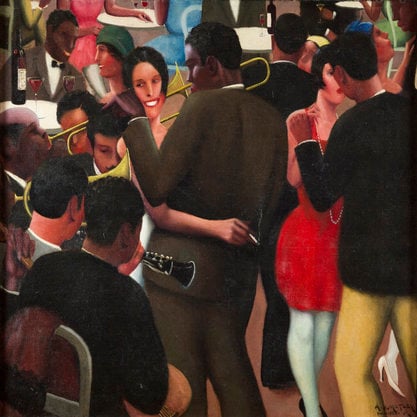Article
Atonality By Whittall, Arnold
Article
Atonality refers to the complete absence of tonality in a musical composition. In music, it is often claimed that modernism stands in opposition to classicism or romanticism, even though music from late Beethoven (1820s) to early Schoenberg (1900s) sees elements of modernist disjunction emerging from, interacting, and conflicting with, elements of classicism and romanticism. By the same token, atonality stands in opposition to tonality, even if atonal music involves the increasing enrichment of diatonic tonality with chromatic elements that, particularly from Liszt and Wagner onwards, tend to undermine or reinforce the structural stability of diatonic fundamentals.
Music theorists since Schoenberg have been divided over the validity of atonality as a meaningful concept. Schoenberg himself rejected the term on the grounds of its negative connotations, and his own music demonstrates how difficult it is in practice to make hard and fast distinctions between compositions in which no suggestion of tonal formations of any kind can be distinguished and those which demonstrate the kind of passing allusions that Schoenberg identified as ‘‘suspended tonality’’ and ‘‘pantonality.’’
